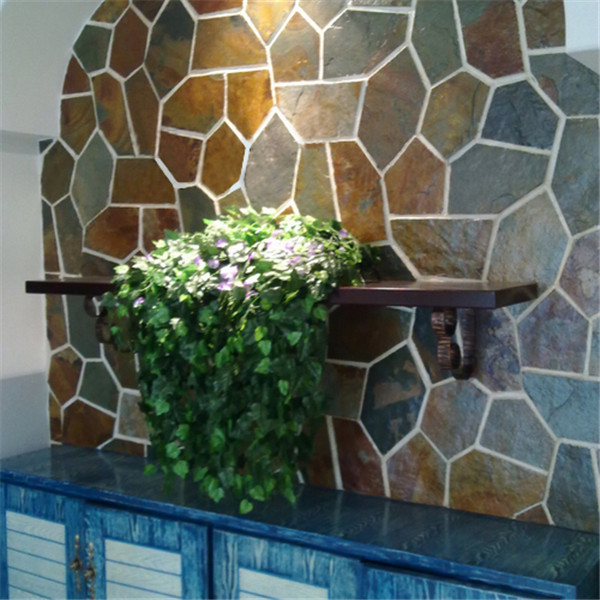Unveiling the Timeless Beauty of Antique Cultured Stone

Introduction
Antique cultured stone holds a unique allure that transcends time, capturing the essence of history and craftsmanship in every intricate detail. As a versatile and durable material, it has been utilized for centuries to adorn buildings, structures, and landscapes with a touch of elegance and sophistication. In this comprehensive guide, we will delve into the fascinating world of antique cultured stone, exploring its origins, characteristics, applications, and enduring appeal.

Origins of Antique Cultured Stone
The history of cultured stone dates back to ancient civilizations, where skilled artisans and craftsmen meticulously carved and shaped natural stone to create stunning architectural masterpieces. The techniques used to produce cultured stone varied across different cultures and regions, with each civilization leaving behind a rich legacy of artistic expression in stone.
One of the earliest known examples of cultured stone can be traced back to the ancient Egyptians, who used limestone and granite to construct monumental structures such as the Great Pyramid of Giza and the Sphinx. The precision and artistry displayed in these ancient works of architecture continue to inspire awe and admiration to this day.
In ancient Greece, marble was the preferred choice of stone for sculptors and architects, who crafted intricate statues, temples, and monuments that showcased the beauty and versatility of this natural material. The Parthenon, with its iconic marble columns and sculptures, stands as a testament to the Greek mastery of stone craftsmanship.
During the Roman Empire, cultured stone reached new heights of sophistication and grandeur, as evidenced by the breathtaking structures of the Colosseum, the Pantheon, and the aqueducts. Roman engineers and architects pushed the boundaries of stone construction, creating enduring monuments that have withstood the test of time.
Characteristics of Antique Cultured Stone
Antique cultured stone possesses a number of distinctive characteristics that set it apart from natural stone and other building materials. One of the key features of cultured stone is its versatility, allowing for a wide range of shapes, sizes, and textures to be achieved through skilled craftsmanship and innovative techniques.
Another important characteristic of antique cultured stone is its durability and longevity. When properly maintained, cultured stone can withstand the elements and retain its beauty for generations, making it a popular choice for both interior and exterior applications.
In terms of aesthetics, antique cultured stone offers a unique blend of authenticity and elegance, capturing the timeless charm of natural stone while providing greater flexibility in design and customization. Whether used to create intricate carvings, ornate facades, or decorative accents, cultured stone adds a touch of sophistication and refinement to any architectural project.
Applications of Antique Cultured Stone
Antique cultured stone finds a wide range of applications in architectural design, landscaping, and interior décor, thanks to its versatility and aesthetic appeal. From grandiose palaces and temples to humble cottages and garden walls, cultured stone adds a touch of old-world charm and character to any space.
In architectural design, cultured stone is often used to create decorative elements such as columns, cornices, and balustrades that enhance the visual impact of a building's façade. The intricate detailing and rich textures of antique cultured stone can evoke a sense of history and tradition, lending a timeless quality to modern structures.
In landscaping, cultured Natural stone vs cultured stone comparison is a popular choice for creating retaining walls, pathways, water features, and outdoor living spaces that blend seamlessly with the natural environment. The weather-resistant properties of cultured stone make it ideal for outdoor applications, where it can withstand exposure to sun, rain, and wind without losing its beauty or integrity.
In interior décor, cultured stone can be used to create stunning accent walls, fireplace surrounds, and flooring that add warmth and character to residential and commercial spaces. The natural tones and textures of antique cultured stone create a sense of coziness and elegance, making it a popular choice for creating inviting and stylish interiors.
Enduring Appeal of Antique Cultured Stone
The enduring appeal of antique cultured stone lies in its ability to evoke a sense of history, craftsmanship, and elegance that transcends trends and fashions. Whether used in a traditional or contemporary setting, cultured stone adds a touch of sophistication and authenticity that resonates with people of all ages and backgrounds.
The timeless beauty of antique cultured stone is further enhanced by its sustainability and eco-friendly qualities. Unlike natural stone, which requires extensive quarrying and processing, cultured stone is manufactured using recycled materials and environmentally friendly production methods, making it a greener choice for conscientious consumers.
Moreover, the durability and low maintenance requirements of antique cultured stone make it a cost-effective and practical choice for long-term use. With proper care and upkeep, cultured stone can retain its beauty and structural integrity for decades, providing a timeless and elegant backdrop for everyday living and enjoyment.
In conclusion, antique cultured stone stands as a testament to the enduring appeal of craftsmanship, artistry, and tradition in architectural design and construction. With its rich history, distinctive characteristics, versatile applications, and timeless beauty, cultured stone continues to captivate and inspire generations of designers, builders, and homeowners around the world. Whether gracing the walls of a historic monument or adorning the façade of a modern building, antique cultured stone remains a symbol of elegance and sophistication that will never go out of style.
